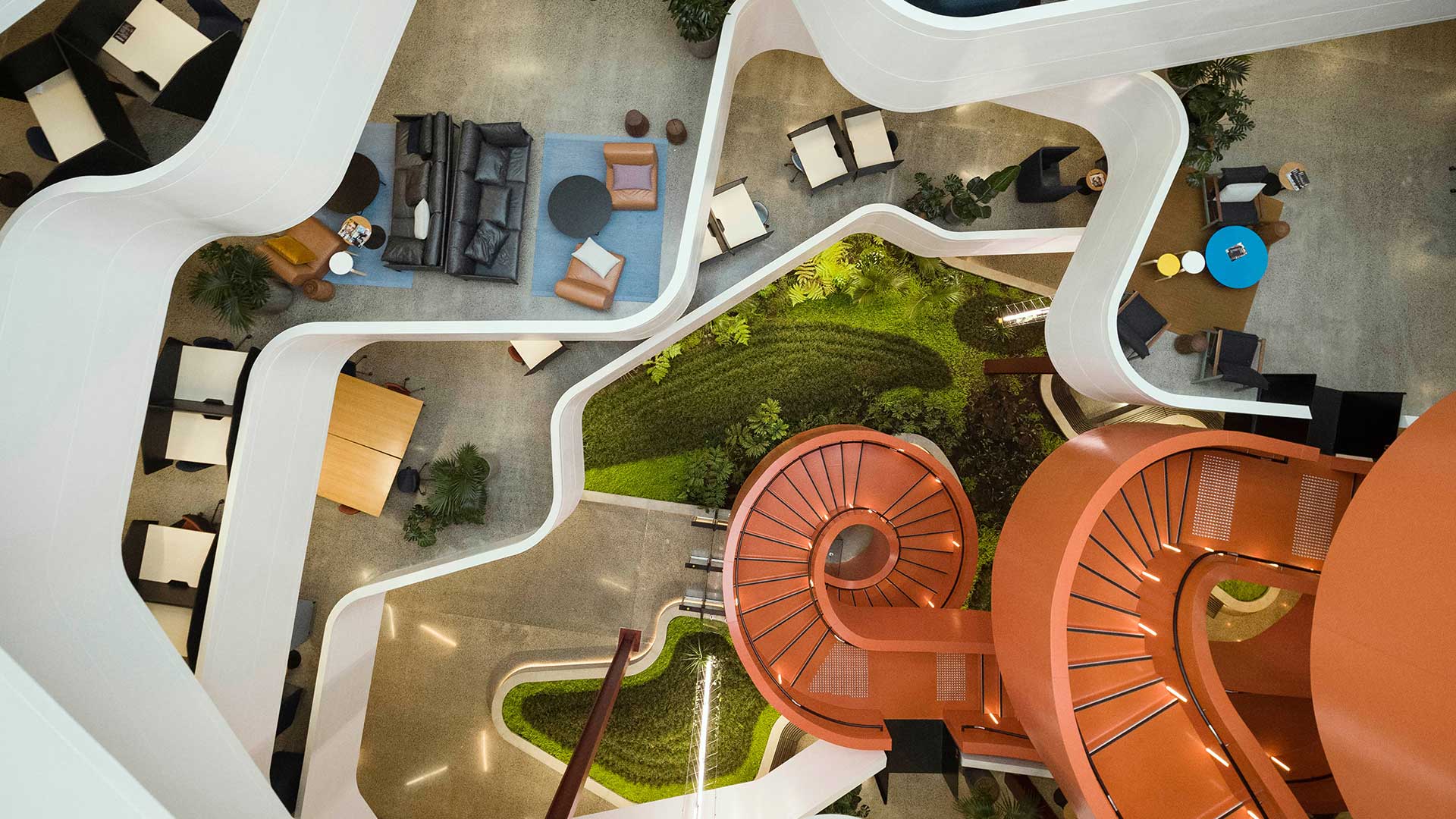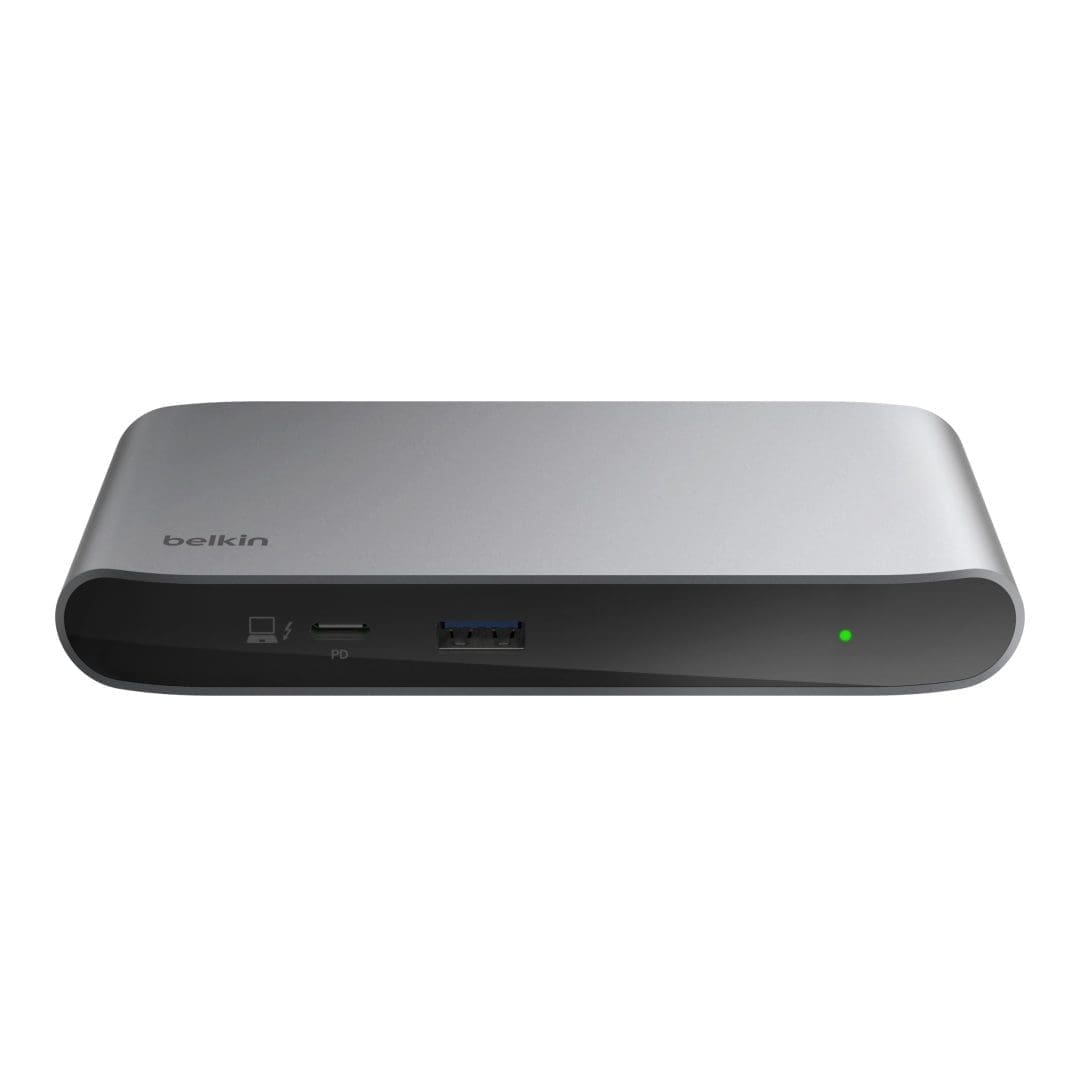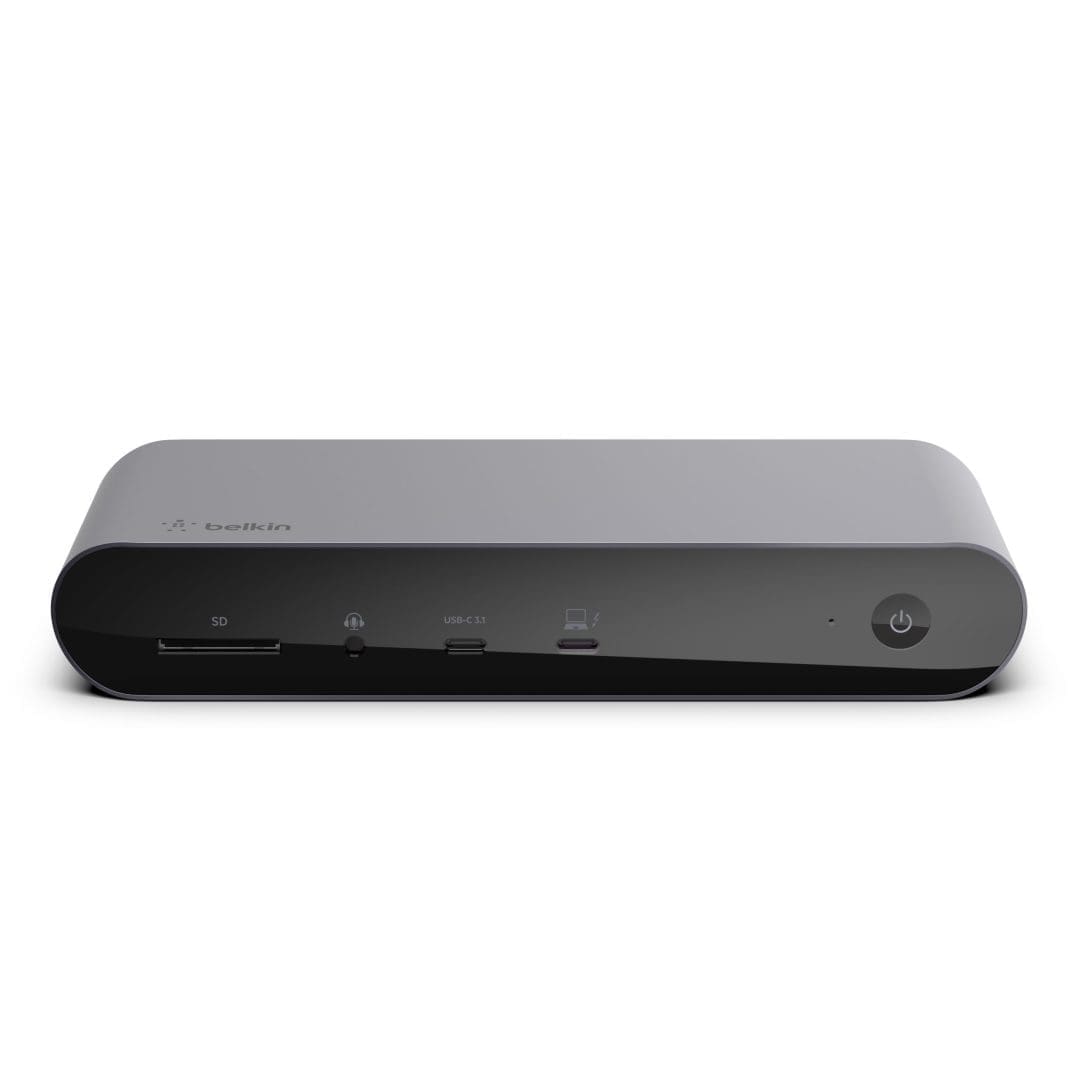The Future of the Workplace
Since the industrial revolution, the configuration of the traditional workplace has barely changed. Despite technological advances, the rows of people, desks and machinery has rarely advanced since Henry Ford famously set the 5-day working week. Throw in a global pandemic forcing significant habitual change and two years of scrutiny on employees’ health and wellness, and the workplace’s role has been forced to develop.
In March 2020, my husband and I arrived home from our honeymoon and settled into our single-bedroom apartment in the city. The two of us with our boxer named Blue. As the lockdown was announced, the thought of living and working in a 30 square metre space without immediate access to the outdoors caused a feeling of claustrophobia. Luckily, we could move in with my parents, whose empty nest offered a much-needed opportunity for flexibility. Here, I transformed the garage into my own bespoke office, enjoyed a view over the front garden, and enjoyed my mother’s fresh banana bread during my lunch break. This autonomy and control over my space were transformative.

This freedom felt during the many months of working from home is one reason organisations face dwindling numbers of in-office employees today. For an employee to choose to commute in, sit at a workstation and lose the flexibility of choice they have at home, there must be something enticing to drive them back into the office.
During the various lockdowns, we began to appreciate the real benefits of face-to-face communication. Yet, on our return to the office and the introduction of the WFH text to our manager, open-plan workplaces felt deserted with a metaphorical tumbleweed rolling between empty desks. The deafening silence within a workplace can become detrimental to an organisation.
While we can technically work from home all the time, there are clear social, cultural and economic reasons why we shouldn’t. We need to embrace new ways of working, but this needs to be alongside a renewed relationship with the office. We can begin to reflect and respond to what this means for the future of the workplace and its inhabitants.

The workplace-making process is about understanding your brand and culture, identifying employees’ needs and determining what areas you want to grow. Workplace-making is the connection of the physical workplace with its community, surroundings and space. Combining these elements creates spaces that drive corporate success by creating a people-centric experience and space.
Jasmax’s Interior Design team has been researching the modern office through client engagement, project work and attending international conferences to establish critical trends driving our designs to attract people back into the workplace. The key principles extracted from our research includes culture and belonging, physical collaboration, flexibility, and health and wellness.
Offices act as a space to connect, offering opportunities for employees to gain energy and motivation from one another in face-to-face settings. An inspiring space can enhance culture, mental health and productivity. As the number of people in the office fluctuates throughout the week, the design of the workspace doesn’t need to accommodate all staff at once. Instead, we opt for various spaces, including cafes, conference rooms and the newly coined ‘work deck’ (a protected outdoor office offering a connection with nature) as flexible options allowing employees to decide how and where they work. The workplace requires spaces that enhance the employee experience and promote physical collaboration.

There is also a shift to more of a home or hospitality-style environment. Consider the amenities you have at home; the pantry full of snacks, the coffee maker, and the range of teas provide a good dopamine source between meetings and emails. In the office, this cafe-style opportunity is the new ‘water-cooler’, a synonymous meeting space to catch up, connect and share with colleagues. Like the personalisation one enjoys in their home, a bespoke destination for rest and regeneration is being designed within the modern office. A dedicated space which provides an opportunity to pray, relax, or find a moment of silence without the distraction of technology is being welcomed into the office.
It is imperative that offices are designed within a context of culture and belonging. As the single category missing from the virtual working environment, an inclusive space that embeds cultural identity fosters interconnectivity in reflecting people and place and produces a meaningful workplace identity.
History tells us that the office has evolved consistently over time. Today, the office’s role is arguably undergoing its most disruptive shift seen in recent years. If the past has anything to tell us, the office will evolve again and emerge with a new and adapted purpose that suits the needs of the modern workforce.

The future of the workplace is about being prepared for what’s in store. Riding the journey together is especially important. When organisations listen to all cohorts of employees, they have the opportunity to ensure everyone feels welcome and effectively increase productivity. Find someone to help navigate the challenges ahead. From a design standpoint, value is found in adaptability and flexibility.





